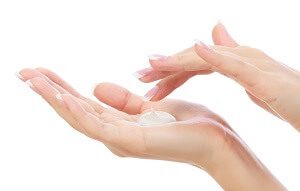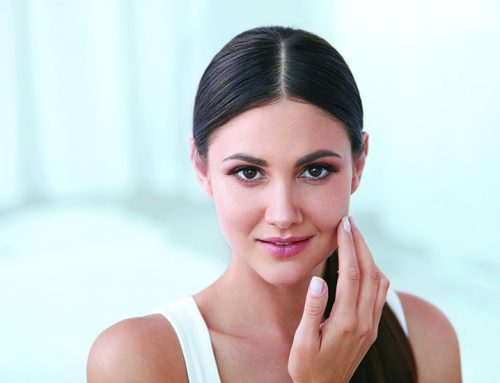Healthy skin, beautiful skin.
Why use a facial moisturiser?
A daily facial moisturiser should be used as part of your skin care routine. A facial moisturiser helps to prevent dry skin by sealing in moisture into the outermost layer of the skin and allows the skin to hydrate from within by drawing water from the inner layer of the skin to the outer layer.
- Choose a moisturiser with sunscreen
The use of sunscreen is crucial and cannot be emphasised more as it can help to reduce the risk of skin cancer. Check out “Importance of applying sunscreen – Love Your Skin!” to learn more about sunscreen protection. Choose a moisturiser with at least SPF 30 for added sun protection.
- Choose the right facial moisturiser for your skin type
A facial moisturiser works best if it is formulated for your skin type, so pick one according to your skin type. For example, choose a non-alcohol-based moisturiser for dry skin; a lighter, non-greasy moisturiser for oily skin and a fragrance-free moisturiser for sensitive skin.
- Understand what product labels mean
Determine the right facial moisturiser by knowing what the different terms mean:
- Hypoallergenic – The product is less likely to cause an allergic reaction, but there may still be a reaction. For example, if you suffer from rashes, look for products free of fragrances.
- Non-comedogenic – The product is unlikely to cause clogging of pores. These type of moisturisers are normally oil-free and are sometimes labelled non-acnegenic.
- Consider using a moisturiser with retinoid before bedtime
Retinoids are compounds related to vitamin A. According to experts, the daily use of a facial moisturizer with retinoid can help to reduce wrinkles and boost skin elasticity. Retinoids work by boosting cell turnover and make way for new cell growth underneath. Before starting on retinol treatment which may cause redness to your skin, consult a doctor first and follow his/her instructions.
Steps
- Cleanse your face with lukewarm water.
- Dry your face completely before applying retinoid.
- Apply your usual night time moisturiser 20 minutes after that to prevent dryness.
Did you know?

- 1/3 of people with diabetes can actually suffer from a skin disorder caused by diabetes.*
- Apply facial moisturiser a few minutes after cleansing your face. Doing so will protect your skin and avoid the tight and dry feeling.
- Apply moisturiser onto your face in a bottom-to-top motion. Applying from top to bottom will tug down on the skin and can lead to sagging in the long run.
- Don’t forget to apply moisturiser to your neck area as well! Most people normally only remember to moisturise their face. Also apply in an upwards motion, a quarter-sized amount to the sides of your neck and any exposed chest area.
- Different skin care products address different needs, so use skin products meant for different body parts, such as around your eye area and on your body.
References
American Academy of Dermatology
*American Diabetes Association
American Skin Association
US National Library of Medicine, National Institutes of Health










